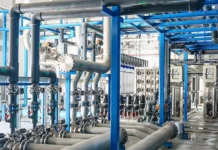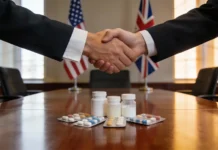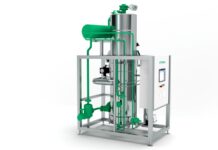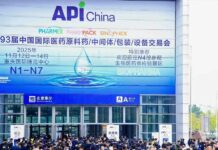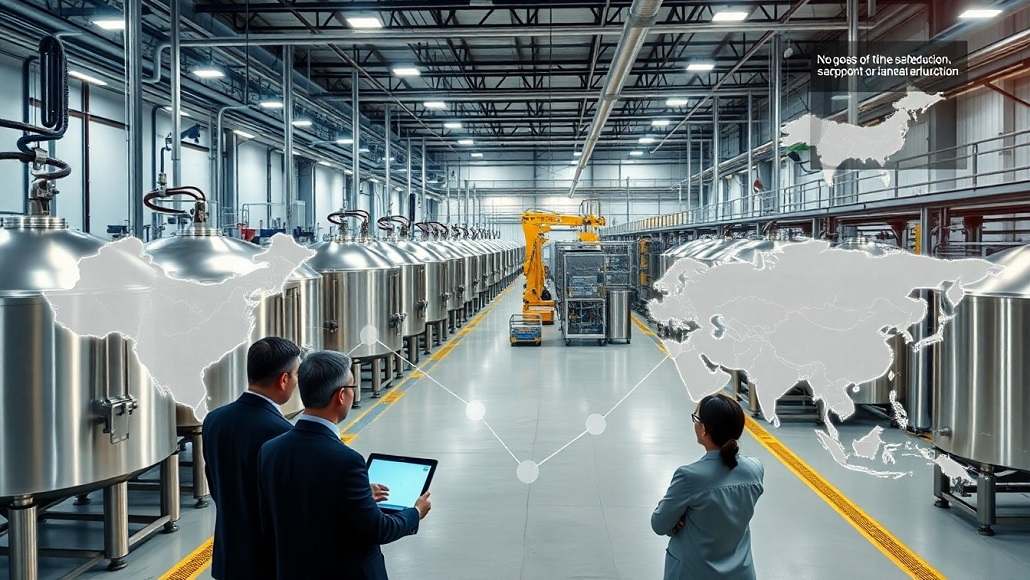The biopharmaceutical industry in the Asia-Pacific area has seen a significant strategic shift in recent years; this trend is now commonly acknowledged as Asia’s bio sovereignty movement. Countries like China, India, Japan, South Korea, and Singapore are making daring moves to regain control over the manufacturing, regulation, and distribution of these essential treatments, driven by the need to ensure continuous access to essential biologics—such as vaccines, monoclonal antibodies, and gene therapies. Such a bio sovereignty push constitutes a reorientation of healthcare security and economic self-reliance against the vulnerabilities of global supply chains and geopolitical risk brought to the fore by the COVID-19 pandemic.
The Imperative Behind Asia’s Bio Sovereignty Movement
Traditionally, the international biologics supply chain has been centered in Western nations, with Asia dependent on imports for most essential treatments.. For instance, before to the pandemic, the World Health Organisation estimated that five nations, primarily outside of Asia, accounted for around 70% of the world’s vaccine manufacturing. The risks of this dependence were brought to light by the COVID-19 pandemic’s following supply chain disruptions, which included export restrictions and manufacturing shortages. As such, Asian governments recognized the importance of building sovereign biomanufacturing capabilities to protect public health and project economic sovereignty.
China: Ambition Meets Scale
China is at the vanguard of the bio sovereignty tide, driven by enormous state investment and strategic industrial policy mechanisms. The “Made in China 2025” policy plan gives explicit priority to biotech and biomanufacturing as industries for national competitiveness. China’s market for biologics, worth more than $42 billion in 2023, is growing fast, fueled by indigenous innovation and scale of production.
The nation’s capacity to quickly upscale COVID-19 vaccine manufacturing—producing more than 3 billion doses in 2021 alone—demonstrated its increasing biomanufacturing strength. In addition to vaccinations, China is investing in advanced biologics such as monoclonal antibodies and cell treatments, with companies like WuXi Biologics developing as global contract manufacturing behemoths. Regulatory initiatives to expedite licenses and harmonise standards highlight China’s bio sovereignty objectives.
India: The Global Pharmacy’s Sovereign Shift
India, officially known as the “pharmacy of the world,” is now strategically developing its biologics industry to secure its bio sovereignty. With the Serum Institute of India, the largest vaccine producer in the world by volume, India saw its biologics capacity grow exponentially during the pandemic, manufacturing billions of doses of COVID-19 vaccines for local consumption and export.
Policy initiatives like the National Biopharma Mission and funding uplift via the Biotechnology Industry Research Assistance Council (BIRAC) are boosting startups and driving indigenous biologics development. India’s $50-billion pharma sector is shifting towards innovation in biosimilars, vaccines, and emerging biologics, with the objectives of de-importing and broadening global export bases. The government push for affordable access coordinates with the health security aspirations of Asia’s bio sovereignty.
Japan and South Korea: Innovation and Regulation as Pillars
Japan and South Korea are driving bio sovereignty by combining strict regulation, state-of-the-art research, and public-private partnership. Japan’s Pharmaceuticals and Medical Devices Agency (PMDA) has made biologics approval easier, balancing innovation with safety. The government of Japan has invested significant budgets in regenerative medicine and advanced biologics research, establishing the country at the forefront of precision therapies.
South Korea’s biopharma business, worth approximately $18 billion, receives strong government backing in the form of tax breaks and innovation hubs such as Osong Bio Valley. Korean businesses lead in biosimilars and new biologics, with significant expenditures in manufacturing facilities. Regulatory alignment with global standards is a top aim in both countries, boosting global competitiveness and promoting sovereignty over core biologics.
Singapore: The Biotech Hub Championing Regional Sovereignty
While being relatively small in stature, Singapore packs a big punch as a regional biotech innovation center, tapping on strategic investment and international collaborations to enhance bio sovereignty.Its government-sponsored initiatives, including the Biopolis research centre and robust data infrastructure, attract both multinational corporations and start-ups.
An ecosystem that is conducive to the rapid development and production of biologics is fostered by Singapore’s emphasis on digital health, AI-driven biomanufacturing, and wise regulation. The city-state’s commitment to manufacturing excellence and quality control standards render it a preferred contract manufacturing base in APAC, thereby advancing the broader regional bio sovereignty agenda.
The Broader Economic and Healthcare Implications
Asia’s emergence of ‘bio sovereignty’ is transforming the economic map by propelling biopharma innovation, generating high-value employment, and enhancing export capacity. The APAC biopharmaceutical market is expected to expand at a compound annual growth rate of almost 10% until 2030, spurred by these sovereign efforts.
Additionally, there is substantial potential for improved health outcomes. Countries can more effectively address novel health threats upon their emergence, adapt treatments to local genetic and epidemiologic characteristics, and provide uninterrupted access to key medicines with the production of biologics under their control. This independence minimizes risks from dependency and makes countries more resilient in responding to pandemics and delivering routine healthcare.
Challenges and the Road Ahead
Although the momentum is strong, achieving complete bio sovereignty is constrained. Heavy capital investment, technology sophistication, and the availability of a skilled workforce complicate most countries’ ability to do so. Synchronization of regulatory environments among heterogenous APAC nations is needed to help enable cross-border partnerships and optimize manufacturing networks across borders.
In addition, intellectual property protection with knowledge sharing requires a delicate set of policy instruments. Governments need to weigh the incentives for innovation against fair access to biologics. Strong cybersecurity and data governance frameworks are also essential in the protection of sensitive biomanufacturing information.
Conclusion
Asia’s ascension to ‘bio sovereignty’ is a paradigm shift in the way countries deal with healthcare security and economic autonomy. By regaining the command over key biologics, China, India, Japan, South Korea, and Singapore are progressing towards robust, innovative, and regionally connected biopharmaceutical ecosystems.
This strategic reorientation not only overcomes weaknesses revealed by recent global crises but also places Asia at the forefront as a next-generation biologics innovation and manufacturing leader. With increasingly deepening investments and widening collaborations, bio sovereignty will prove crucial in maintaining life-sustaining therapies accessible, affordable, and sovereignly managed for the region’s diverse and increasing populations.





